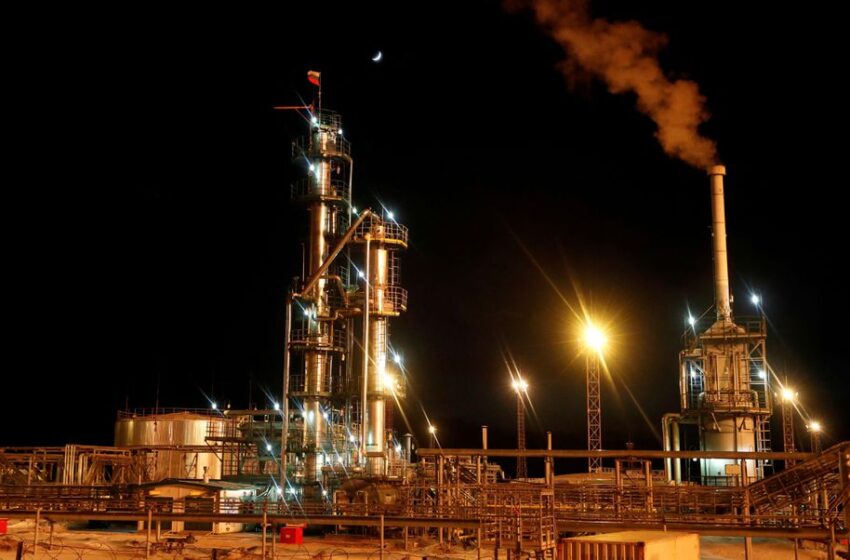
Europe rushes to fill up on Russian diesel before ban begins
LONDON, Nov 21 (Reuters) – European traders are rushing to fill tanks in the region with Russian diesel before an EU ban begins in February, as alternative sources remain limited.
The European Union will ban Russian oil product imports, on which it relies heavily for its diesel, by Feb. 5. That will follow a ban on Russian crude taking effect in December.
Russian diesel loadings destined for the Amsterdam-Rotterdam-Antwerp (ARA) storage region rose to 215,000 bpd from Nov. 1 to Nov. 12, up by 126% from October, Pamela Munger, senior market analyst at energy analytics firm Vortexa, said.
With few immediate cost-effective alternatives, diesel from Russia has made up 44% of Europe’s total imports of the road fuel so far in November, compared with 39% in October, Refinitiv data shows.
Although Europe’s reliance on the Russian fuel has fallen from more than 50% before Moscow’s February invasion of Ukraine, Russia is still the continent’s largest diesel supplier.
“The EU will have to secure around 500-600 kb/d of diesel to replace the Russian volumes, replacements will come from the US as well as east of Suez, primarily the Middle East and India,” Eugene Lindell, refining and products market analyst at FGE, said.
The Russian gasoil heading into ARA tanks is likely to be used or sold quickly as a result of backwardation in Ice gasoil futures , where the current value is higher than it will be in later months, Lars van Wageningen, at Dutch consultancy Insights Global, said.
Part of the influx comes as ICE Futures Europe bans low-sulphur gasoil of Russian origin ahead of EU sanctions.
From Nov. 30, traders must prove to ICE that no Russian product has entered any tanks in the wider ARA region – including Flushing and Ghent – that will be used for January delivery through the ICE futures contract.
Russian gasoil can still arrive in ARA storage tanks in December, but it must be moved to other tanks from which no delivery can be made, according to ICE.
Some market players expect little impact from the ICE move given low storage levels in the ARA for both Russian and non-Russian gasoil as well as declining delivered volumes.
“Volumes delivered upon expiry are actually pretty small … it just adds an extra layer of logistical challenge,” Neil Crosby, senior analyst at oil analytics firm OilX, said.
In January 2022, 70,000 tonnes of gasoil were delivered through the Ice gasoil futures exchange’s website shows.
Reporting by Rowena Edwards and Ron Bousso in London; Editing by Alexander Smith



